Planet
Origins & Creation
Every second, trillions of dust, rock, debris, are floating through space, slowly but surely condensing. Over millions of years, these particles condense and orbit a solid core. This is how gas giants are typically made. Gas giants are typically the largest planets in their respective solar systems, even managing to stir the stars that they orbit.
Rocky planets are made in a similar fashion, only that the debris is condensed so much that it creates a solid, almost spherical, ball of rock. They can also be made through the collision of several planetary objects, which can create unusually small or large planets.
Oceanic planets are formed in many different ways. Water vapour can be found within the spacial void, condensing as it gets stuck orbiting a star. Some may condense around an orbiting asteroid, forming an oceanic planet with a core. What distinguishes an oceanic planet from a labyrinth sea is that oceanic planets have an atmosphere.
Seraphenic planets, also known as heavenly planets, are formed when stray strands of Astral Seas depart and begin orbiting a star, forming a spherical shape as it orbits. Many argue that seraphenic planets are not planets and should still be classed as an Astral Sea, but due to there being no definition of a planet that argues this point, many refer to these objects as planets.
Planetary Types
Rocky Planet
Rocky planets are easily the most frequently seen type of planet. Approximately 36% of all planets are rocky planets. Due to the intense pressures of the spacial void, it is more common for debris to be condensed into solid cores. Due to the number of resources and the general size of rocky planets, sophontic life is most common here than other planets.
Rocky planets are characterised by four major layers: the Inner Core, typically solid ferrous metal; the Outer Core, made of a liquid metal; the Mantle, a semi-solid layer of rock which flows very slowly; and lastly the Crust, a solid layer of rock. On many planets, the Crust is divided into segments, slowly dragged around by the Mantle, slowly changing the landmasses of the planet itself.
Gas Giant
Gas giants are just one of many giant planet types, but these are the most common. In general, giant planets are quite rare, with few solar systems containing even one. The Sol System is unique in having two gas giants and two ice giants: Jupiter, Saturn, Uranus, and Neptune. Gas giants typically consist of hydrogen and helium, and for that they are known to some as failed stars.
Many gas giants consist of millions upon millions of tiny rocky or icy objects, as opposed to gases, so small that from space they resemble various gases.
Oceanic Planet
Two main oceanic subtypes exist: ones with a solid core and ones without. Some planets exist outside of these subtypes, such as Dave which possesses seven Core Stones. Oceanic planets are, of course, characterised by substantial oceans. If a planet's surface consists of 98% or more ocean, it falls into this category.
Due to water's propensity to produce and support life, oceanic planets have the highest chance to produce sophontic life. Most oceanic planets have at least two sophontic species, few have none.
Seraphenic Planet
Seraphenic planets are only found in close proximity with Astral Seas. The creation of seraphenic planets is rare; in the Greater Oasis, roughly 1.9% of planets are seraphenic. They are the fourth most populous planet type, however. When Astral Seas get too close to a star, part of it is ripped off and begins orbiting said star, forming a planet.
These planets are heavenly in name and in culture. Their creation is mentioned in mythologies Yonderverse-wide, often described as the homelands of various deities. The planetary type is named after seraphs, mythological beings featured in many religions on different planets.
Saturn
Harvesting Planet
A Harvesting Planet is a special subtype of planet, characterised by a lack of any native sophontic species, for a least a year in the planet's seasonal calendar. These planets are targeted by Trans-Planetary Corporations, claimed by other planets to be stripped of resources, used to expand populations and civilisations, among other reasons.History
The term was founded fifteen thousand years ago. It referred to any planet that did not have any intelligent species living on them. When the term was invented, these planets were often taken control of by other planets and organisations, stripped bare of their precious resources, or turned into inhabitable spaces for overpopulated species.
At the time, it was completely legal to take control of a planet with inhabiting sophonts. When the "harvesting planet" term was coined, the anti-planet poaching law was put into place. This meant that any planet with extant native sophonts cannot be controlled by an external government, and the planet can only be claimed if there are no native sophonts for at least one year in the planet's seasonal calendar.
Symbolism
In the Utopian database that documents all planets in Aavar's River, Harvesting Planets are attached with a small symbol. The symbol is used to quickly identify planets without any native sophonts, and ones that can potentially be claimed.
Only governments and Space Legions have access to this list, but even then, the list is abused. The creator of this symbol is unknown, but it was first seen used about a thousand years.
Dwarf Planets
Dwarf planets are small planetary objects directly orbiting a star. While many confuse dwarf planets with actual planets, there are differences. Dwarf planets have not cleared its orbital neighbours, meaning there are still asteroids and other minor-planets that the dwarf planet could collide with, unlike regular planets. Dwarf planets have atmospheres, which separates them from asteroids.
Minor Planets
Trojans
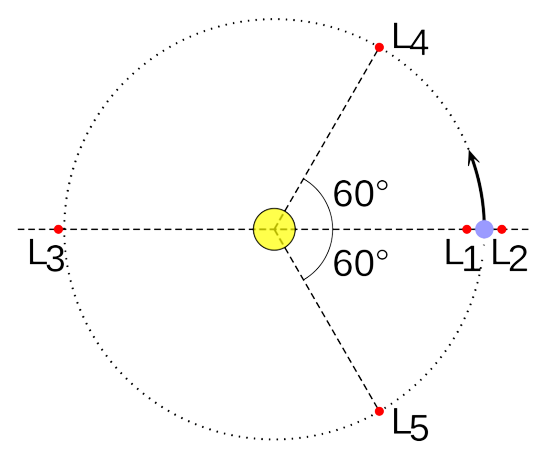
A trojan is a small celestial object that shares an orbital path with a larger object, such as a planet. They follow the orbital path between 60 degrees ahead or 60 degrees behind the planet, typically around the Lagrange Point L4 and L5.
It is common for planets to have at least a handful of trojans, however giant planets can acquire thousands upon thousands, forming Camps. For example, Jupiter has the Trojan Camp trailing behind the planet, while the Greek Camp orbits ahead.
Asteroids
Asteroids are minor planets that orbit a celestial object, typically a star. Planets large enough can have asteroids orbiting them, and many do have small asteroids in their orbit. Asteroids are the most common celestial object, occurring in their millions to form asteroid belts. They are best characterised by their lack of an atmosphere, and highly randomised shapes and sizes.
Asteroids are often the site of inter-planetary disputes. Due to the number of rare minerals found in asteroid belts, many planets fight over their possession. Jupiter and Mars are famous in the Milky Way for vicious wars that have broken out over the control of neighbouring planets and the Jovimartian Asteroid Belt.




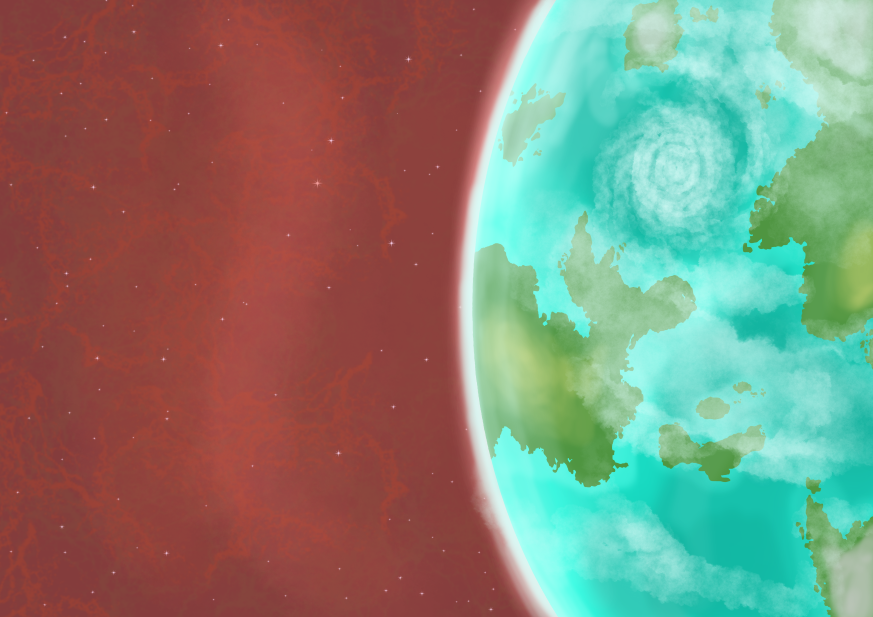
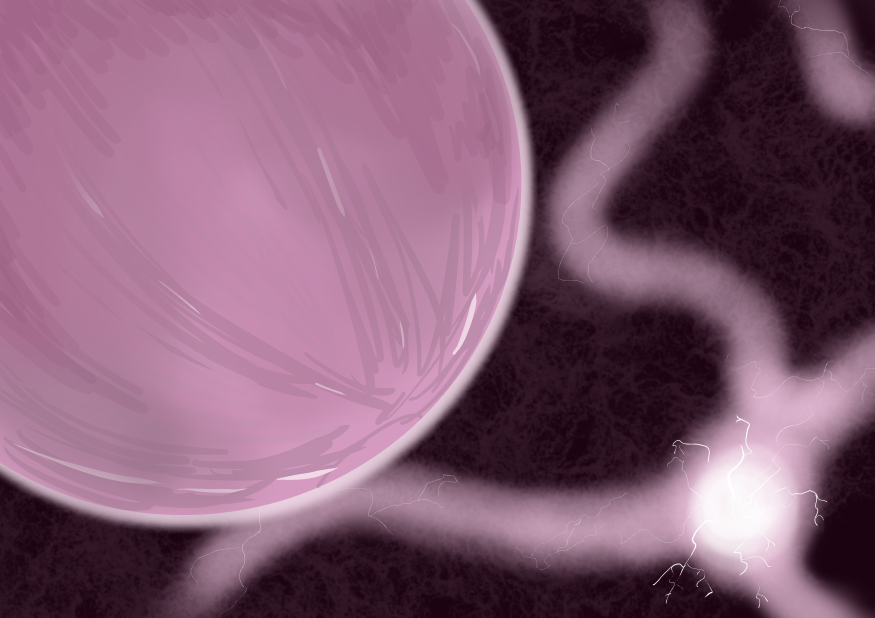





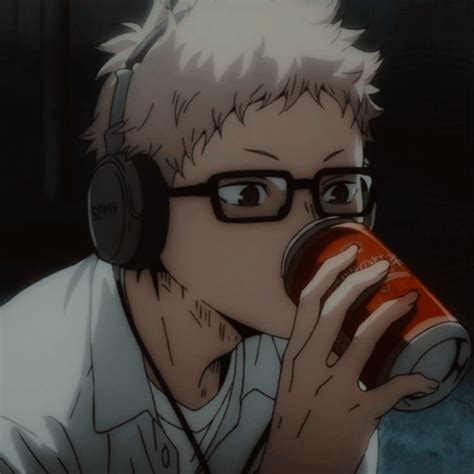
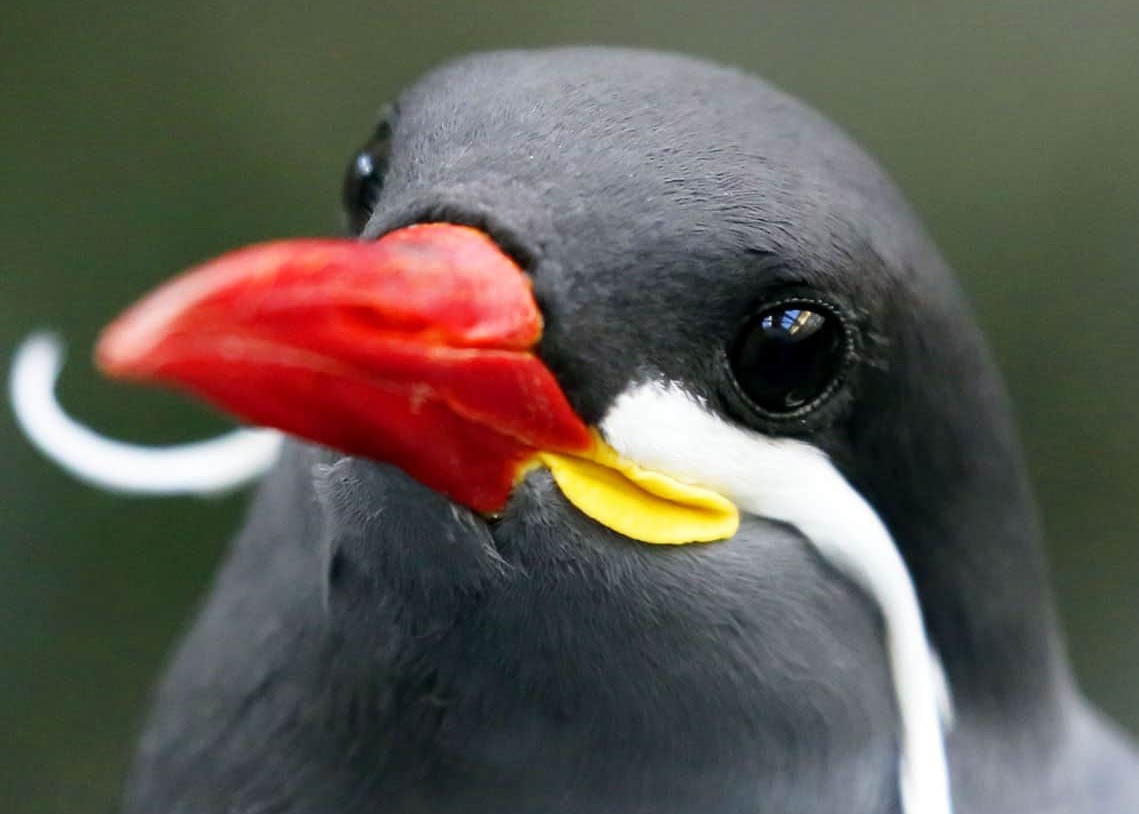

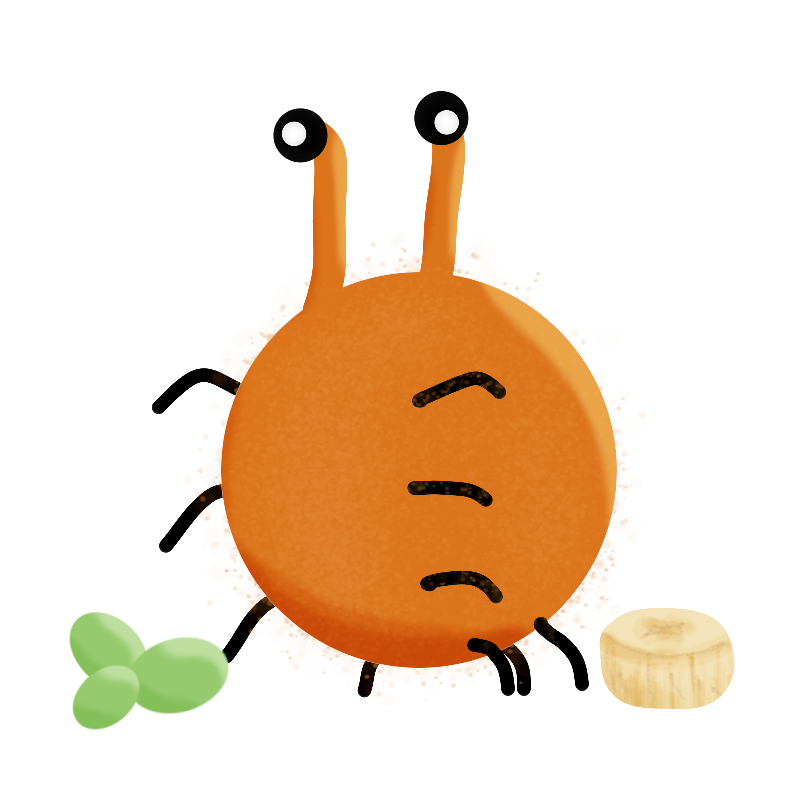

This is an excellent article!! Putting aside the fact that I'm always a fan of a good classification system, this article manages to present a lot of information in a way that is visually interesting and easily digestible in smaller pieces. I'm intrigued by the planetary types unique to the Yonderverse, like seraphenic planets - that's a cool hybridization of the fantastical Yonderverse rules with the physics of the real world. 10/10 article as usual, Mochi!
aaaaaa thank you so much!! I've been meaning to rewrite this article for ages, but after rediscovering your Planetary Classes article in Astra Planeta it just kicked me into rewriting this xD thank you <3